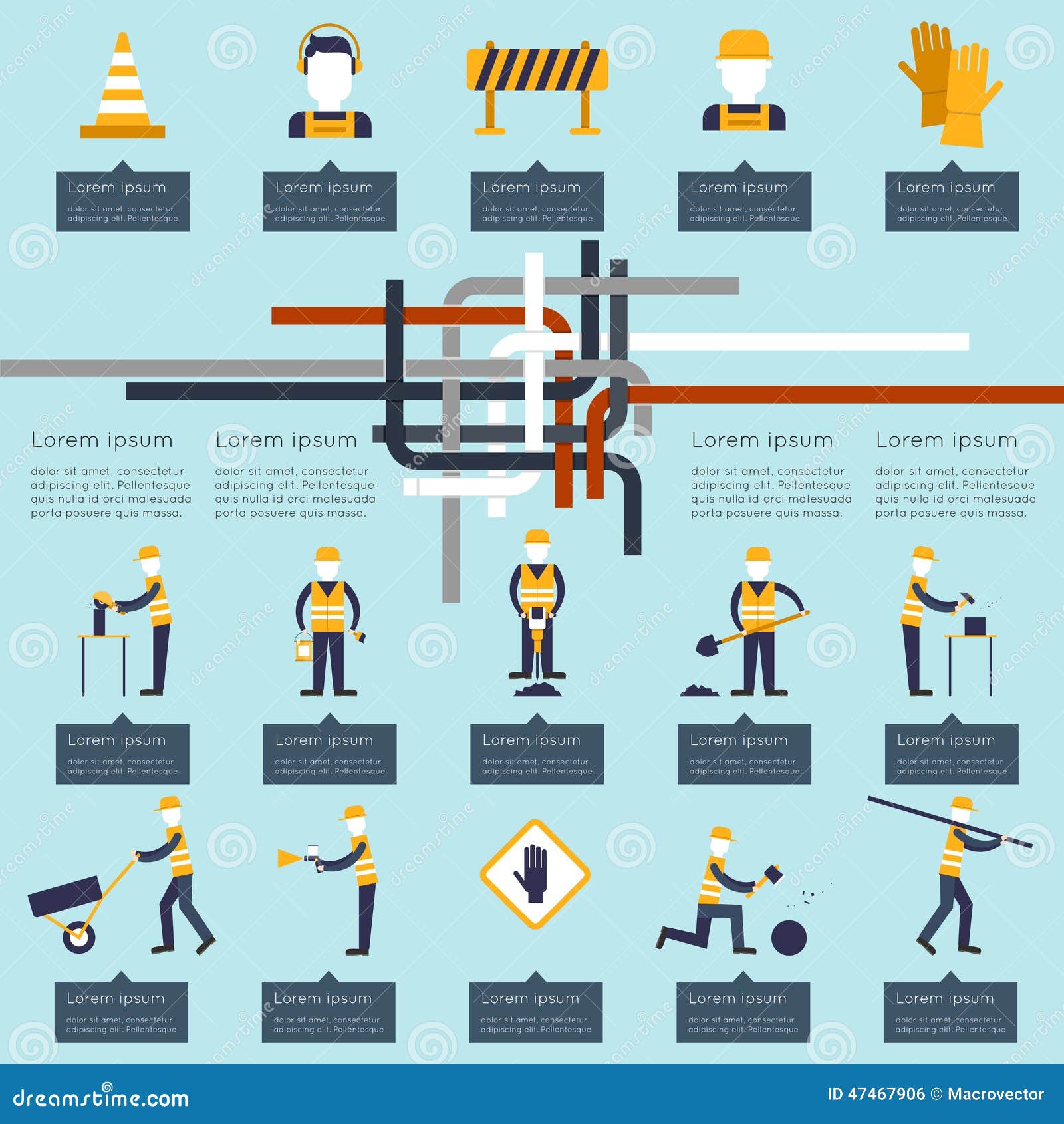The Effect Of Climate Condition On Your Exterior Painting Job
The Effect Of Climate Condition On Your Exterior Painting Job
Blog Article
Composed By-Walls Hussain
Comprehending exactly how climate condition can affect the end result of an external painting endeavor is paramount for accomplishing a perfect coating. From temperature level fluctuations changing paint attachment to moisture degrees influencing drying times, each element of weather condition plays a considerable role in the success of your job. Furthermore, wind rate and precipitation can introduce unanticipated difficulties that may endanger the quality of the final result. As we browse via the nuances of weather condition's effect on external painting, it comes to be apparent that precise planning and critical timing are crucial for making certain a specialist and long lasting end result.
Perfect Temperature Level Range for Paint
When considering outside painting tasks, the ideal temperature range plays a crucial function in accomplishing optimal outcomes. Painting in the appropriate temperature problems ensures that the paint adheres correctly to the surface, dries out uniformly, and treatments successfully. Usually, the suggested temperature array for outside paint is between 50 to 85 degrees Fahrenheit.
Painting in temperature levels below 50 degrees Fahrenheit can result in problems such as bad paint attachment, prolonged drying times, and an increased probability of breaking or peeling off.
On https://www.housebeautiful.com/room-decorating/colors/g40868124/wall-painting-ideas/ , paint in temperature levels over 85 levels Fahrenheit can cause the paint to completely dry as well swiftly, leading to blistering, gurgling, and an unequal finish.
To attain the best outcomes, it is vital to inspect the weather prediction prior to beginning an external paint project. Ideally, purpose to paint throughout mild weather conditions with modest temperature levels and reduced humidity levels.
Impacts of Moisture on Paint Drying
Humidity degrees considerably influence the drying out process of paint related to exterior surfaces. High moisture can lengthen the drying time of paint, bring about possible problems such as leaking, spotting, or even the development of bubbles on the painted surface area. https://gregorybktbj.blazingblog.com/33915753/seeking-the-suitable-house-painters-explore-the-understandings-that-can-lead-to-a-stunning-home-makeover-and-enhance-your-residential-or-commercial-property-value-by-as-long-as-7 decreases the dissipation of water from the paint, preventing the healing procedure. This is specifically troublesome for water-based paints, as they count on dissipation for drying.
On the other hand, reduced humidity levels can likewise influence paint drying. Incredibly dry problems may create the paint to completely dry as well promptly, bring about poor adhesion and a harsh coating. In such instances, adding a paint conditioner or spraying a great haze of water in the air can help regulate moisture degrees and improve the paint outcome.
To make sure ideal drying out conditions, it is suggested to paint when the moisture levels vary between 40% and 50%.
Surveillance moisture levels and taking suitable steps can help attain a smooth and resilient paint finish on outside surface areas.
Wind and Rainfall Considerations
Wind rate and precipitation are essential factors that dramatically impact the success of an external paint task.
When it involves wind, both rate and direction are necessary factors to consider. High wind rates can create paint to dry also promptly, resulting in a subpar completed with potential problems like breaking or uneven structure. In addition, wind can carry particles that may follow the damp paint, resulting in flaws. Consequently, painters should intend to work with days with light to modest winds for optimum painting conditions.
On the other hand, rainfall, whether rainfall or snow, can be very harmful to the result of an external painting job. Wetness from rainfall can prevent paint attachment, causing peeling off and bubbling over time. It is important to avoid paint during stormy or snowy weather to make certain the long life and quality of the paint job. Painters must also enable ample time for the surface to completely dry extensively after any kind of precipitation before beginning or resuming the paint process.
Final thought
Finally, weather play a significant duty in the end result of an external painting job. The ideal temperature level range, humidity degrees, wind speed, and rainfall all add to the success or failing of the paint work.
https://manuelgxyvw.thechapblog.com/33033926/learn-the-important-questions-to-think-about-before-choosing-residence-painters-and-find-the-keys-to-revitalizing-your-home-with-a-brand-new-paint-finish is necessary to take into consideration these aspects and strategy as necessary to ensure proper paint attachment, drying out times, and total quality of the ended up product.
